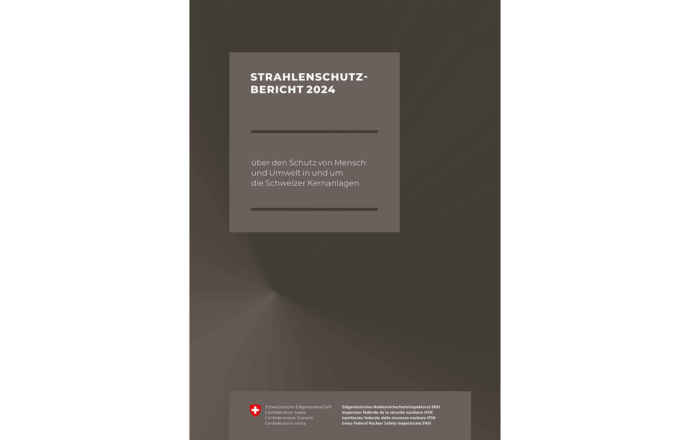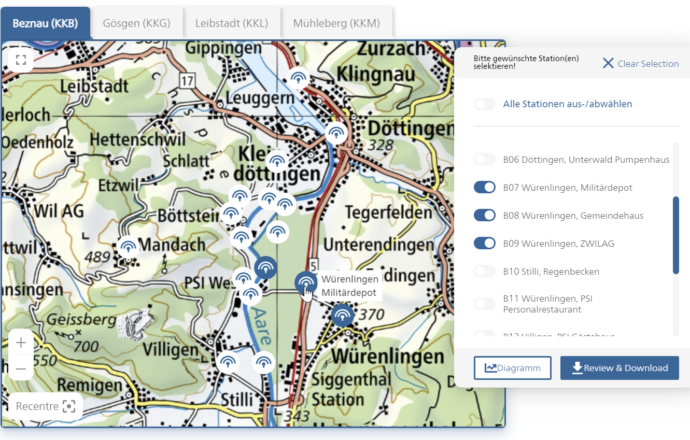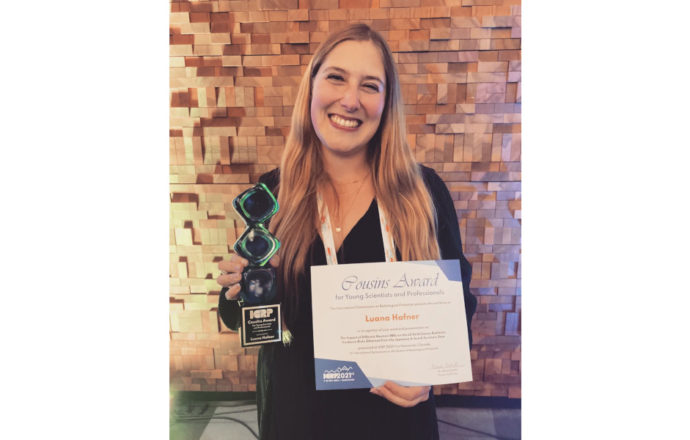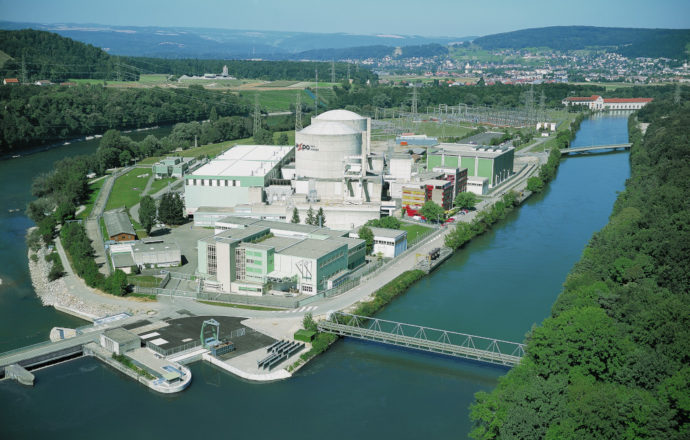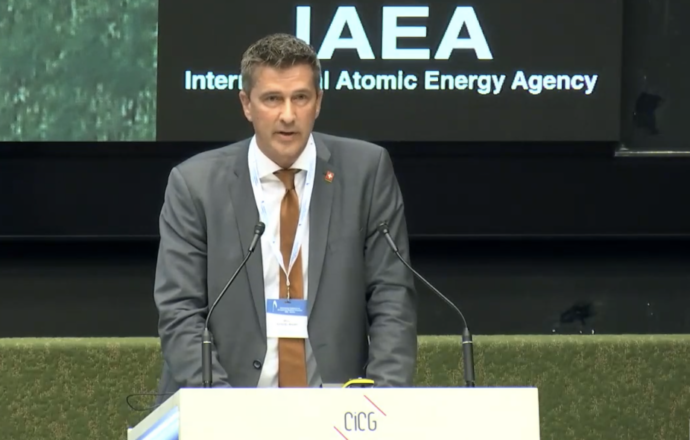A lot of important information about radiation-induced cancer risks has been obtained from data taken from “life span studies” (LSSs) of survivors of the atomic bomb attacks on Hiroshima and Nagasaki. To calculate the cancer risks, the ionising radiation absorbed and the cancer rates of the survivors are examined in a differentiated way. The biological effects of neutrons and gamma radiation are compared with each other based on their relative biological effectiveness (RBE). According to the latest studies, the factor used for the neutron RBE could be higher than was previously assumed.
In the study presented in the paper “Assessing the Impact of different neutron RBEs on the all Solid Cancer Radiation Risks observed from the Japanese A-bomb Survivors’ Data” published by the International Journal for Radiation Biology, Luana Hafner, specialist in radiation protection at ENSI, and epidemiologists Linda Walsh and Werner Rühm investigated the effects of higher neutron RBEs on the calculation of tumour risks. The researchers come to the conclusion that the risk is reduced, and that the shape of the dose-response curve for higher neutron RBEs changes from linear to linear quadratic, with the curvature becoming negative. This means that previous calculations have overestimated the risk of radiation-induced solid tumours.
The shape of the dose-response curve is an important factor in calculating the cancer risk. Therefore, future studies analysing the data of atomic bomb survivors, need to take into account the uncertainty of neutron RBE values when considering radiation-induced risks and the dose-response curve.

